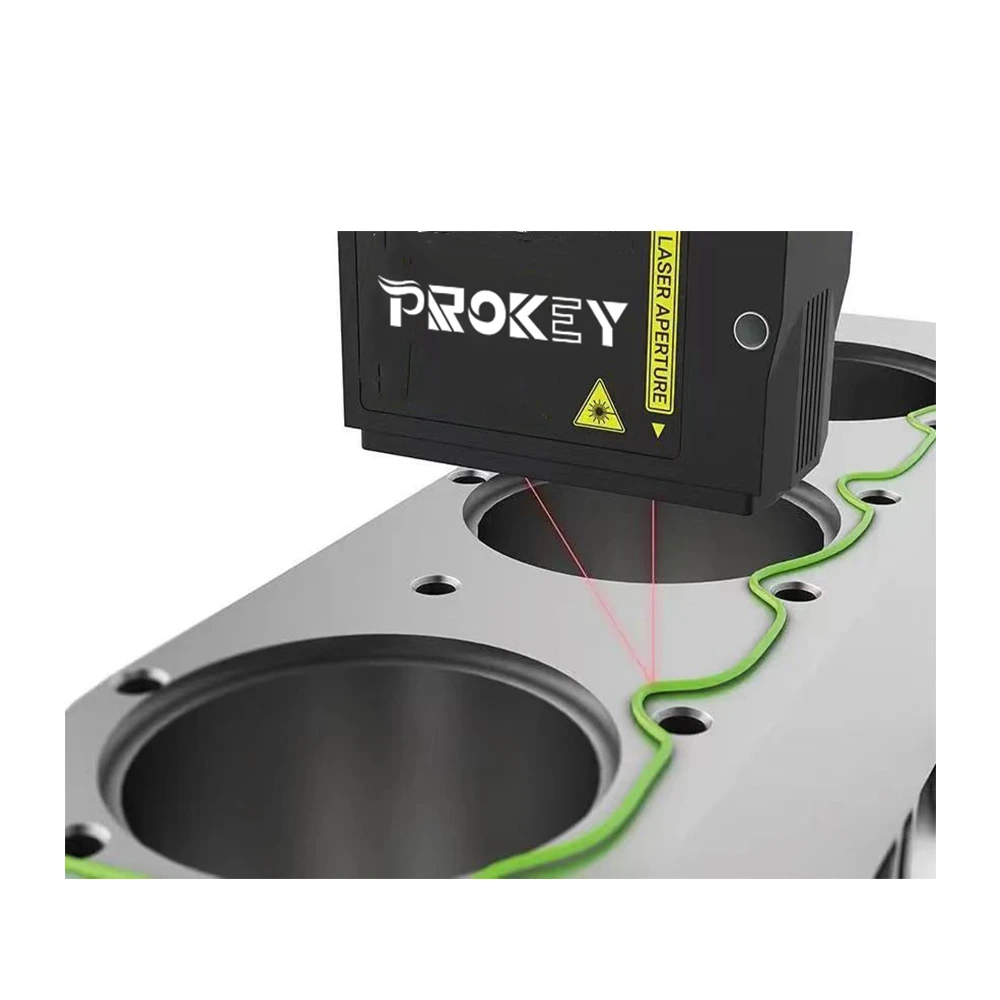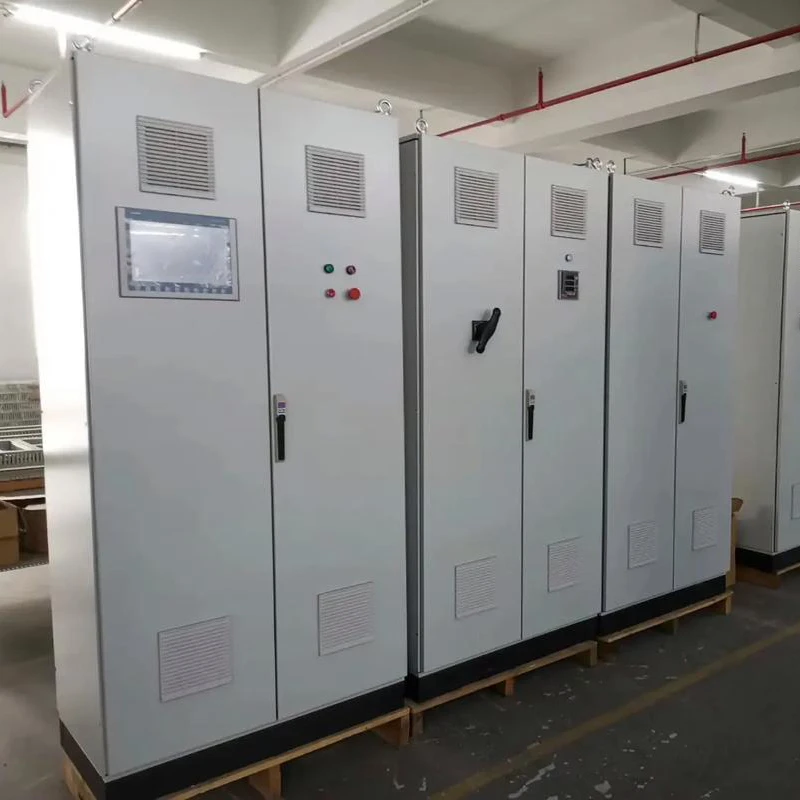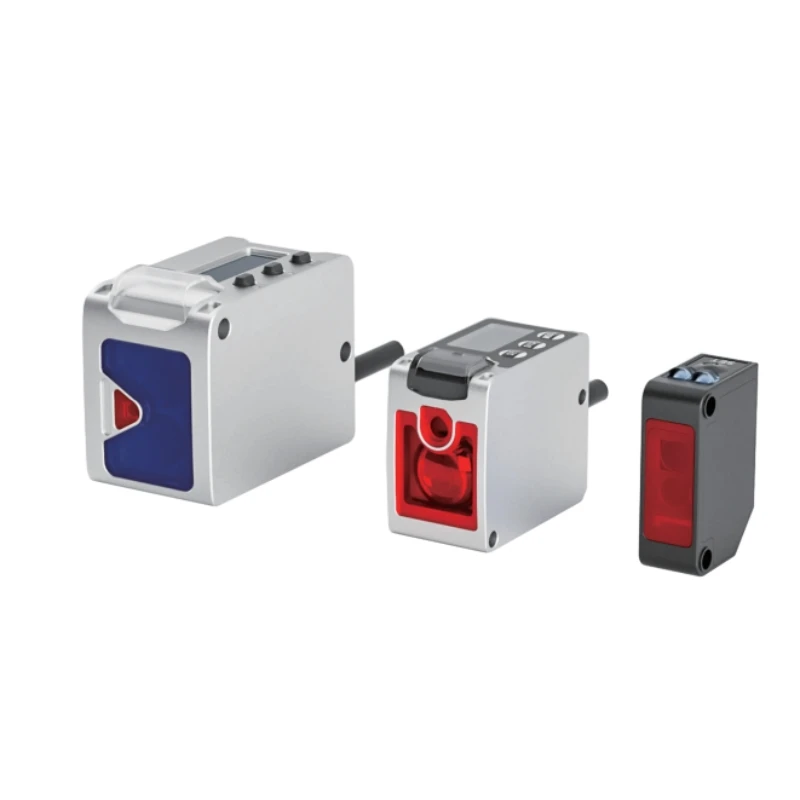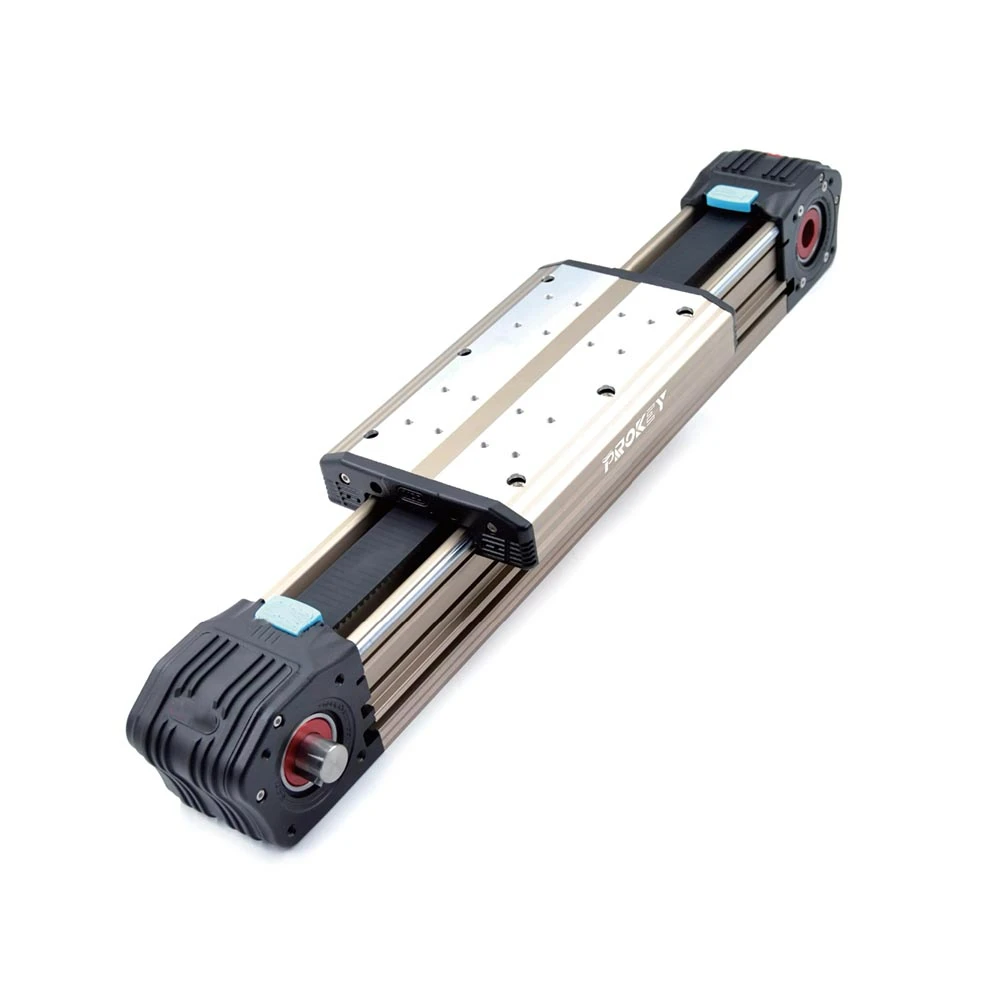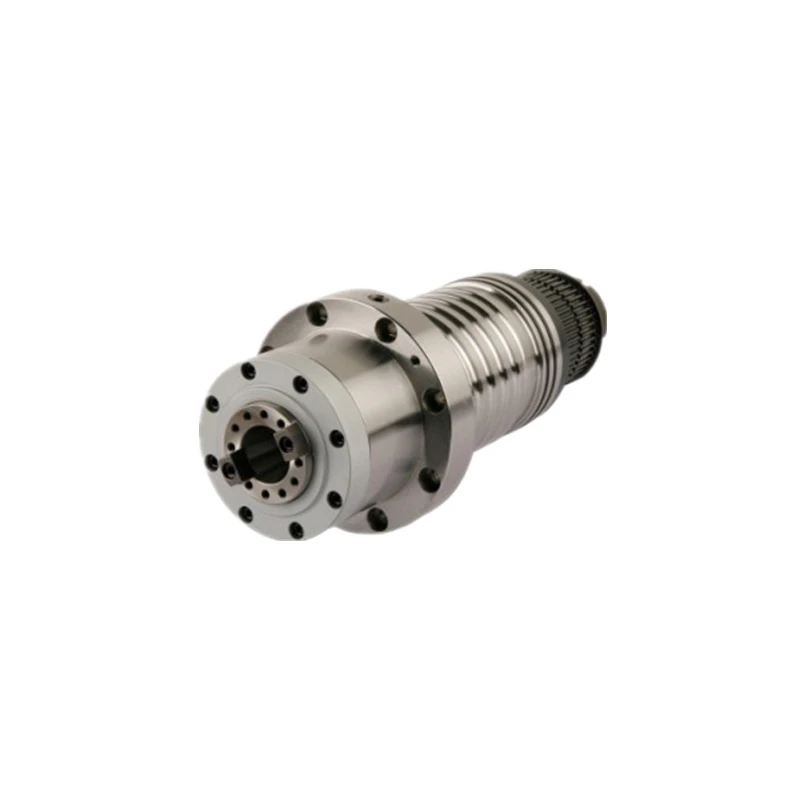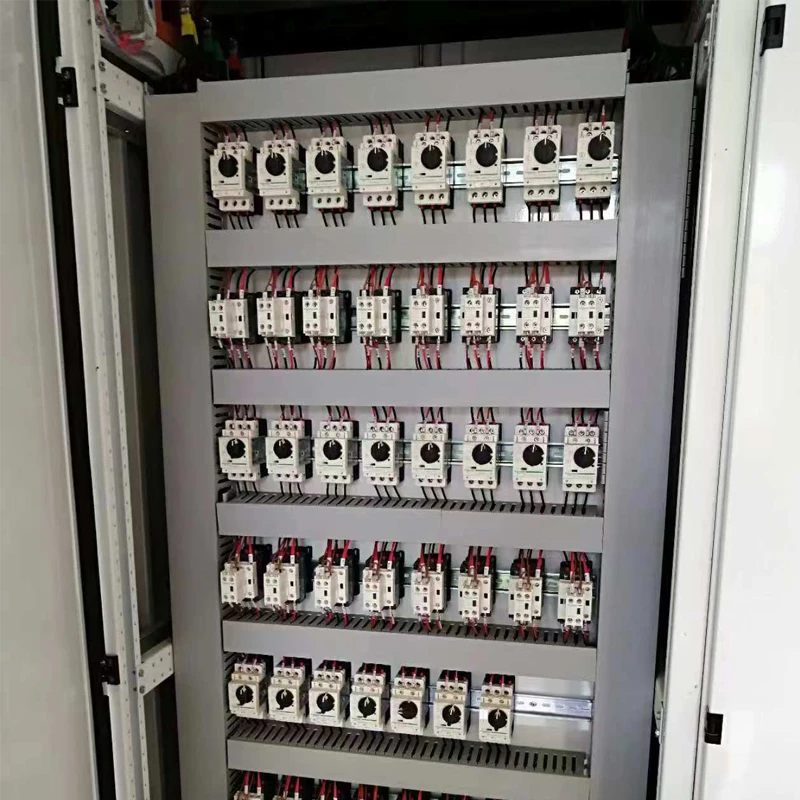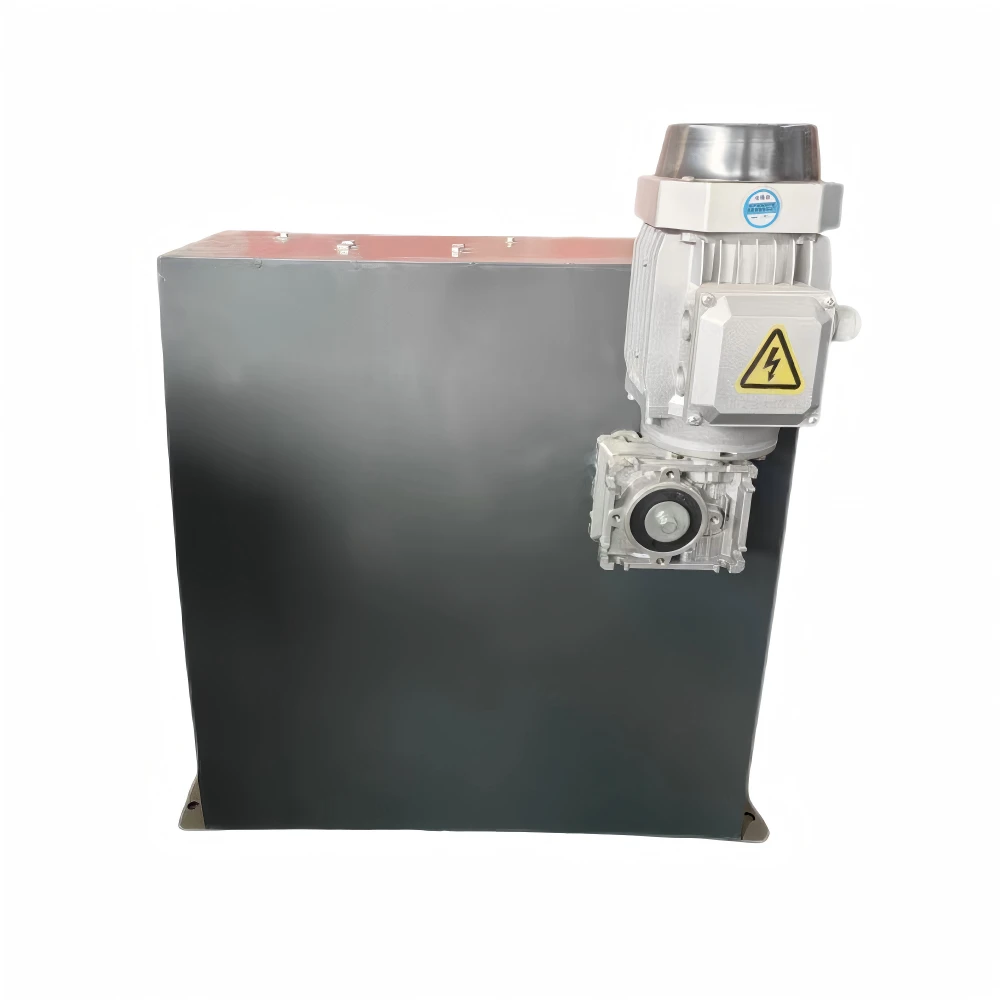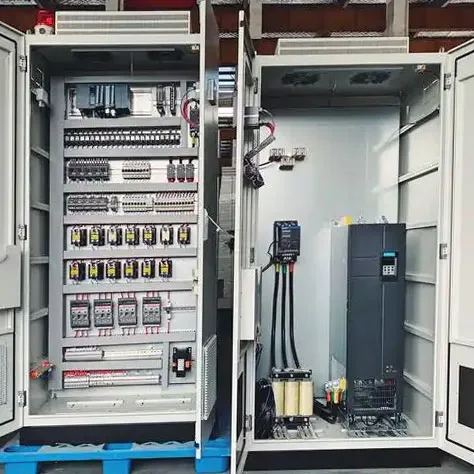2 月 . 18, 2025 09:43 Back to list
PLC Programming for Industrial IoT: Enhancing Connectivity and Data Flow
In today’s rapidly evolving manufacturing landscape, automation is key to improving productivity, efficiency, and adaptability. Programmable Logic Controllers (PLCs) have long been the cornerstone of industrial automation, but with the rise of the Industrial Internet of Things (IIoT), the role of PLCs is expanding. As industries strive for smarter, more connected operations, PLC programming is becoming crucial to enabling seamless connectivity and real-time data flow. This article explores how PLC programming is driving the future of IIoT, enhancing communication, and optimizing industrial processes.

The Role of PLC Programming in IIoT
PLCs are specialized computer systems designed to monitor and control machinery in industrial settings. Traditionally, they operated in isolated, closed systems, handling control tasks with minimal interaction with external devices. However, the rise of IIoT has introduced a shift. Today, plc control system are part of a broader ecosystem of connected devices that work together to optimize operations.
In IIoT, PLCs serve as the primary interface between physical equipment and digital systems. By connecting PLCs to a wide array of sensors, actuators, and cloud platforms, industries can gain valuable insights into their operations. These insights allow for predictive maintenance, real-time monitoring, and enhanced decision-making, which were previously difficult or impossible with isolated control systems.

Enhanced Connectivity Through IoT Integration With PLC Programming
The main benefit of integrating PLCs with IIoT is improved connectivity. Traditionally, PLCs were limited by their proprietary communication protocols, which made integration with other systems cumbersome. However, with advancements in IoT technology, PLCs are now equipped with the ability to communicate over open standards such as MQTT, OPC UA, and Modbus TCP.
These open protocols enable PLCs to exchange data not only with other PLCs but also with cloud-based platforms, enterprise resource planning (ERP) systems, and data historians. As a result, manufacturers can integrate their PLC-controlled processes into a broader network, where data can be shared in real-time across different departments and locations. This interconnectivity leads to improved visibility of the entire production line and a more synchronized approach to operations.
Real-Time Data Flow and Analysis About PLC Programming
One of the core strengths of IIoT is its ability to facilitate real-time data flow from machines to central systems. With PLC programming, data from sensors and machines is collected and transmitted in real-time, allowing for instant analysis and decision-making.
This real-time data flow can have profound implications for operations. For example, in predictive maintenance, data collected from equipment sensors can be analyzed to predict when machinery will require servicing. This allows companies to address issues before they lead to costly downtime, enhancing productivity. Additionally, real-time data helps optimize production schedules, reduce energy consumption, and improve product quality by providing operators with up-to-the-minute information about the state of equipment.
Data-Driven Decision Making About PLC Programming
With the integration of IIoT and PLCs, the amount of data available for analysis expands exponentially. However, this data is only valuable if it is harnessed effectively. PLC programming plays a pivotal role in making sense of this data by enabling systems to process and interpret it accurately.
Data-driven decision-making becomes possible when PLCs communicate effectively with advanced data analytics platforms. For instance, data from PLCs can be analyzed by artificial intelligence (AI) algorithms or machine learning models to uncover hidden patterns and anomalies. This could include detecting inefficiencies, identifying bottlenecks, or flagging unusual machine behavior that may indicate a fault. By automating this analysis, companies can react quickly to operational challenges and continuously improve their processes.
Seamless Integration with Cloud Platforms About PLC Programming
One of the most significant advantages of IIoT-enabled PLCs is their ability to integrate seamlessly with cloud platforms. Cloud computing provides an ideal environment for storing vast amounts of data collected from PLCs, enabling more comprehensive analysis and reporting.
By connecting PLCs to the cloud, manufacturers can access data from anywhere, at any time, and on any device. This opens up possibilities for remote monitoring, troubleshooting, and control, allowing engineers and operators to resolve issues without being physically present on the factory floor. Furthermore, cloud-based platforms allow for the aggregation of data from multiple facilities, giving organizations a holistic view of their operations. This data can then be used to develop predictive models, improve operational efficiency, and support strategic decision-making across the enterprise.
Challenges and Opportunities in PLC Programming for IIoT
While the integration of PLC programming with IIoT presents numerous benefits, it also comes with challenges. One of the main obstacles is ensuring cybersecurity. As PLCs become more connected to external networks, they become more vulnerable to cyberattacks. It is critical to implement robust security protocols, including encryption, secure communication, and regular updates, to safeguard PLCs and the entire industrial network.
Another challenge lies in the need for skilled personnel to manage the complexities of IIoT integration. Programmers must not only be proficient in traditional PLC languages like ladder logic, structured text, and function block diagrams but also in understanding IoT protocols and cloud systems. The rise of IIoT is creating new demands for automation professionals with expertise in both control systems and digital technologies.
Despite these challenges, the opportunities for growth and innovation are substantial. Industries can leverage IIoT to unlock efficiencies, reduce costs, and enhance flexibility in ways that were not previously possible. As IoT technology continues to evolve, PLC programming will remain central to ensuring that industrial systems are connected, intelligent, and capable of responding to the dynamic needs of modern production environments.
-
Why Steel Mills Rely on FODA’s High-Temperature Cylindrical Roller Bearings?
NewsApr.10,2025
-
What is a Plain Bearing? A Complete Guide to Design & Functionality
NewsApr.10,2025
-
Thrust Ball Bearings vs. Tapered Roller Bearings: FODA’s Performance Comparison
NewsApr.10,2025
-
The Engineering Behind FODA Thrust Ball Bearings: Precision for High-Speed Applications
NewsApr.10,2025
-
No More Compromises: Get Precision-Engineered Custom Bearings Tailored to Your Exact Specifications
NewsApr.10,2025
-
In-Depth Analysis: Application Differences of Different Types of Angular Contact Ball Bearings
NewsApr.10,2025
Products categories



